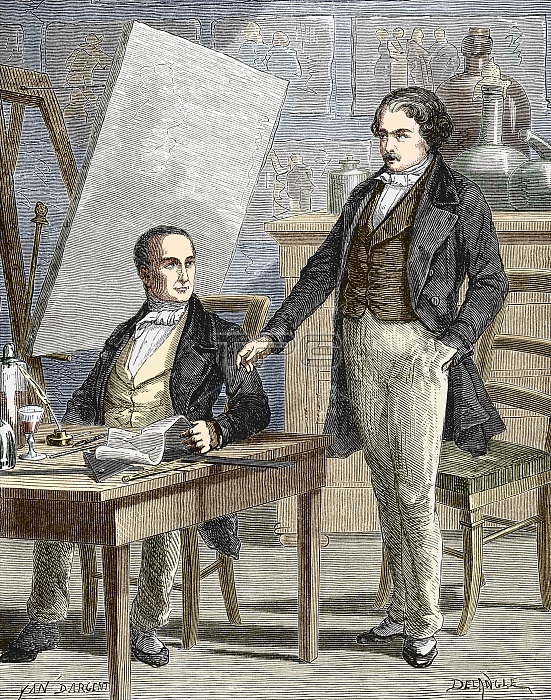
In the 1820's serious attempts were being made in France and England to permanently record camera obscura images using silver halide salts and other light-sensitive materials. In France, Louis Daguerre experimented with silver iodide and Jacques Niepce with silver choride. Neither had any success in producing permanent images. Niepce changed to bitumen of Judea and was able to fix the image. He termed this process 'heliography', and in 1826 produced the world's first photograph. In 1829 he and Daguerre entered into a contract to jointly perfect the heliographic processes. Little progress was made and in 1833 Niepce died. Daguerre continued his own researches with silver iodide and in 1839 published details of his Daguerreotype process which was commercially successful and marked the beginning of practical photography.
| px | px | dpi | = | cm | x | cm | = | MB |
Details
Creative#:
TOP15316881
Source:
達志影像
Authorization Type:
RM
Release Information:
須由TPG 完整授權
Model Release:
No
Property Release:
N/A
Right to Privacy:
No
Same folder images:

 Loading
Loading